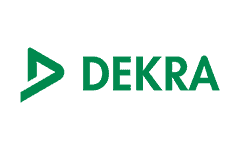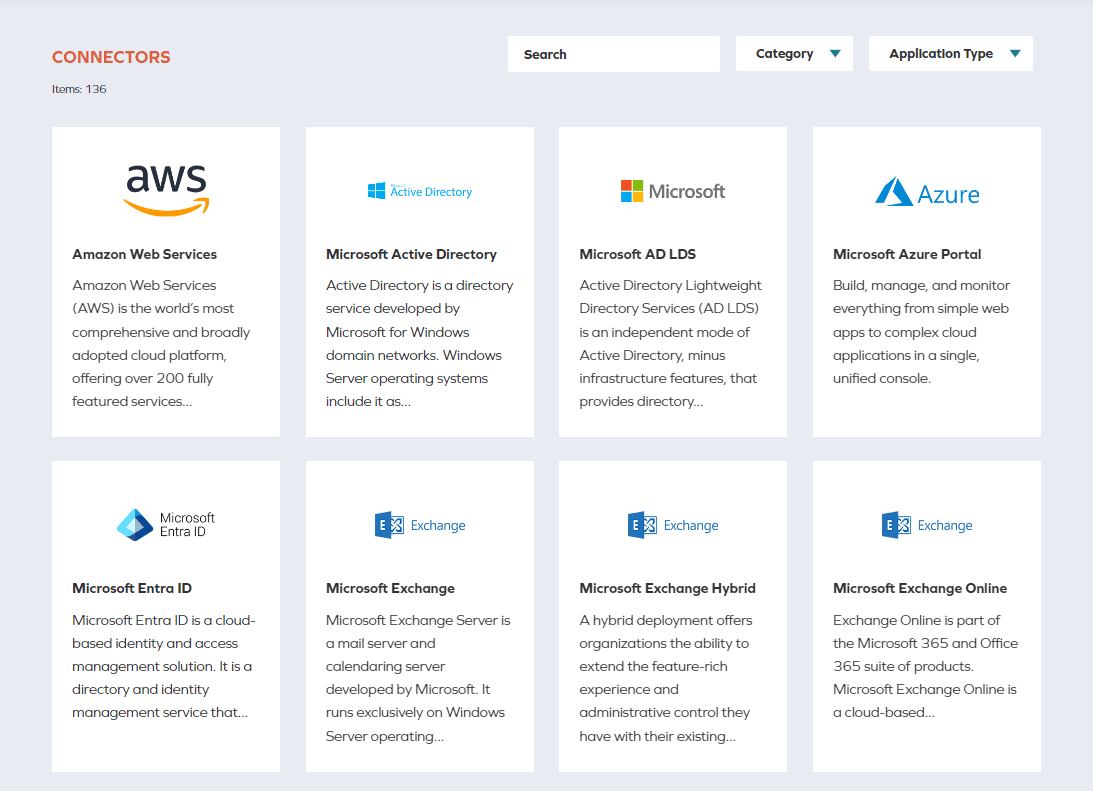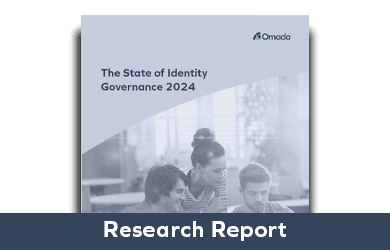The widespread adoption of cloud-based SaaS applications has created new challenges for user access management, security, and compliance professionals. It’s been reported that the average organization currently utilizes 130 or more SaaS applications. As demands on organizations and budgets expand, the use of SaaS applications across all organizations will continue to expand along with them.
To address SaaS application-related identity security challenges, many organizations have deployed modern Identity Governance and Administration (IGA) solutions. This makes sense; modern IGA solutions provide organizations with more robust functionality to take on identity management across SaaS applications. However, there are specific system characteristics that modern IGA deployments must include to solve identity management challenges in SaaS applications. One of the most critical characteristics is a connectivity framework that supports any application and infrastructure.
Recent Omada research reinforces the importance of connectivity in a modern IGA solution. Omada’s report, The State of Identity Governance 2024 reveals that nearly 51 percent of IT professionals surveyed who use modern IGA solutions cite a robust connectivity framework as one of the most important characteristics when evaluating a new IGA solution. In terms of importance, the report shows connectivity is second only to adaptability to an organization’s specific requirements. For survey respondents still using legacy IGA solutions, the importance of connectivity in a new IGA solution is even greater, with more than 62 percent reporting a robust connectivity framework as a top priority when evaluating a new IGA solution. This data suggests that the lack of a robust connectivity framework is an ongoing challenge to effective identity management for modern IGA users and an even greater challenge for legacy IGA users.
Why legacy IGA is not suitable for widespread SaaS application connectivity
As the SaaS ecosystem changes and expands, legacy IGA systems struggle to keep up with connectivity. Frequently the only way for legacy IGA solutions to establish connectivity with newly onboarded SaaS applications is for organizations to develop customized code.
This creates two main problems: cost to develop and risk from custom code. Firstly, the cost savings associated with adopting SaaS applications can quickly evaporate for organizations that need to invest to create custom code to establish the connectivity required to manage access to a new application. Secondly, as teams develop more custom code, the risk resulting from this custom code increases as this code needs to have security reviews, become part of patch efforts and ultimately becomes a reason to slow down roll out of patches and upgrades. These downsides underscore the imperative for a more modern approach capable of supporting a comprehensive connectivity framework that integrates security, risk management, auditing, and compliance tools without the need for writing a line of custom code.
Essential elements of a future-proof connectivity framework
As organizations evaluate IGA solutions, they should look for a connectivity framework featuring an extensive library that offers integrations with hundreds of applications and services and enables rapid implementation. The framework should provide a comprehensive suite of connectivity options, including pre-built templates for widely used protocols and APIs such as SCIM, REST, OData, LDAP, PowerShell, CSV, .NET, SQL, and SOAP. Templates like these are critical for streamlining the IGA process because they eliminate the need for custom code; saving organizations time and resources as well as enhancing the accuracy and consistency of IGA configurations. For organizations using legacy or proprietary enterprise systems without standard API interfaces, the solution should provide a tool that enables seamless integration with these systems. This ensures that organizations have the flexibility to connect their IGA solution to their entire IT ecosystem with no need to consider the underlying technology. This results in an environment in which a truly integrated and efficient identity management approach may flourish.
Introducing the Omada Connectivity Directory
While the support for connectivity within Omada Identity is nothing new, the number of connectors that Omada has to leverage for a customer deployment might be news to you. While Omada Identity has historically always had at its disposal many application connectivity options, there was no easy way to peruse these connectivity options. With the introduction of the Omada Connectivity Directory, we simplify the navigation of the extensive applications and systems supported by Omada Identity Cloud. It provides in-depth details on the connectivity packages tailored for each system or application. The expansive library of connectors encompasses SAP, ServiceNow, Workday, and Microsoft Entra ID (Active Directory) and enables your organization to intuitively investigate a wide variety of connectivity options to support your essential applications.
Leveraging pre-built connectivity packages for unified provisioning across all systems, Omada Identity Cloud enables faster and more efficient onboarding of critical applications using out-of-the-box connectivity packages. Additionally, the connectivity framework within Omada Identity Cloud supports standard connectors such as SCIM, REST, OData, LDAP, PowerShell, CSV, .NET, SQL, and SOAP, ensuring compatibility with any application in use today.
Omada’s Connectivity Directory in Action
See the robustness of the Omada approach first-hand on the Omada connectivity page. On this page, use easy search and filtering options to quickly locate connectors from hundreds of options. You’ll also see the strategic partnerships Omada maintains with other industry leaders to ensure that the connector portfolio remains aligned with the evolving needs of users.





























